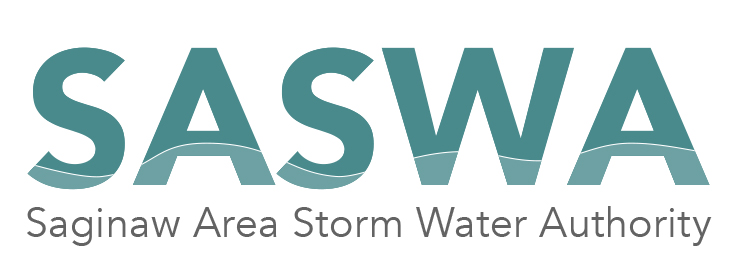Total Maximum Daily Load (TMDL)
When a lake or stream does not meet water quality standards (WQS), a study must be completed to determine the amount of a pollutant that can be put in a water body from point sources and nonpoint sources and still meet WQS, including a margin of safety. A TMDL is a document that describes the process used to determine how much pollutant load a lake or stream can assimilate.
Each state identifies water bodies within its boundaries which are not meeting water quality standards and the reason why (for example, excess nutrients). The State’s methods for determining whether a water body meets its WQS can be found in the Integrated Report. These methods are updated every two years in a process that involves review and comment by the public and United States Environmental Protection Agency (USEPA).
Check out Michigan Department of Environment, Great Lakes, and Energy’ s (EGLE) TMDL Watershed Screening Tool Linked here: EGLE’s TMDL Watershed Screening Tool
When a water quality standard is exceeded, the Federal Clean Water Act requires Michigan to address pollution issues with either a Total Maximum Daily Load (TMDL) or by fixing the problem through other means. For some issues, a remedy is already in progress to reduce pollution. This is not the case for E. coli across the state. This TMDL will provide a framework for restoration of water quality.
Routine testing has shown E. coli levels in many areas are above the standard. These levels increase the risk of illness upon contact or incidental ingestion of the water. Given the extent of this problem, and the multitude of potential sources, a statewide approach will be more effective and more efficient at addressing this issue. To learn more, please visit the E. coli in Surface Waters page.
Long term solutions to bacterial problems can only be accomplished through a collaborative approach. In addition to its work on effective National Pollutant Discharge Elimination System (NPDES) permit requirements and corrective actions on illegal sources, EGLE is looking for assistance from landowners, local health departments, conservation districts, other state and local agencies, and environmental groups to focus voluntary improvements in areas where nonpoint sources are a problem.
SASWA, or the Saginaw Area Storm Water Authority, has created a document to guide the way that TMDL’s are implemented within the watershed. This document provides the framework and processes for addressing E. coli in the stormwater systems including sampling procedures and the sampling that each member is responsible for completing. The plan also outlines the members responsible to TMDL implementation since not all SASWA members are in a TMDL watershed.
Take a look at the plan linked here: SASWA Total Maximum Daily Load Plan
Useful Links for NPDES Permit Holders:
If you have any questions or comments on our plan, please reach out!

